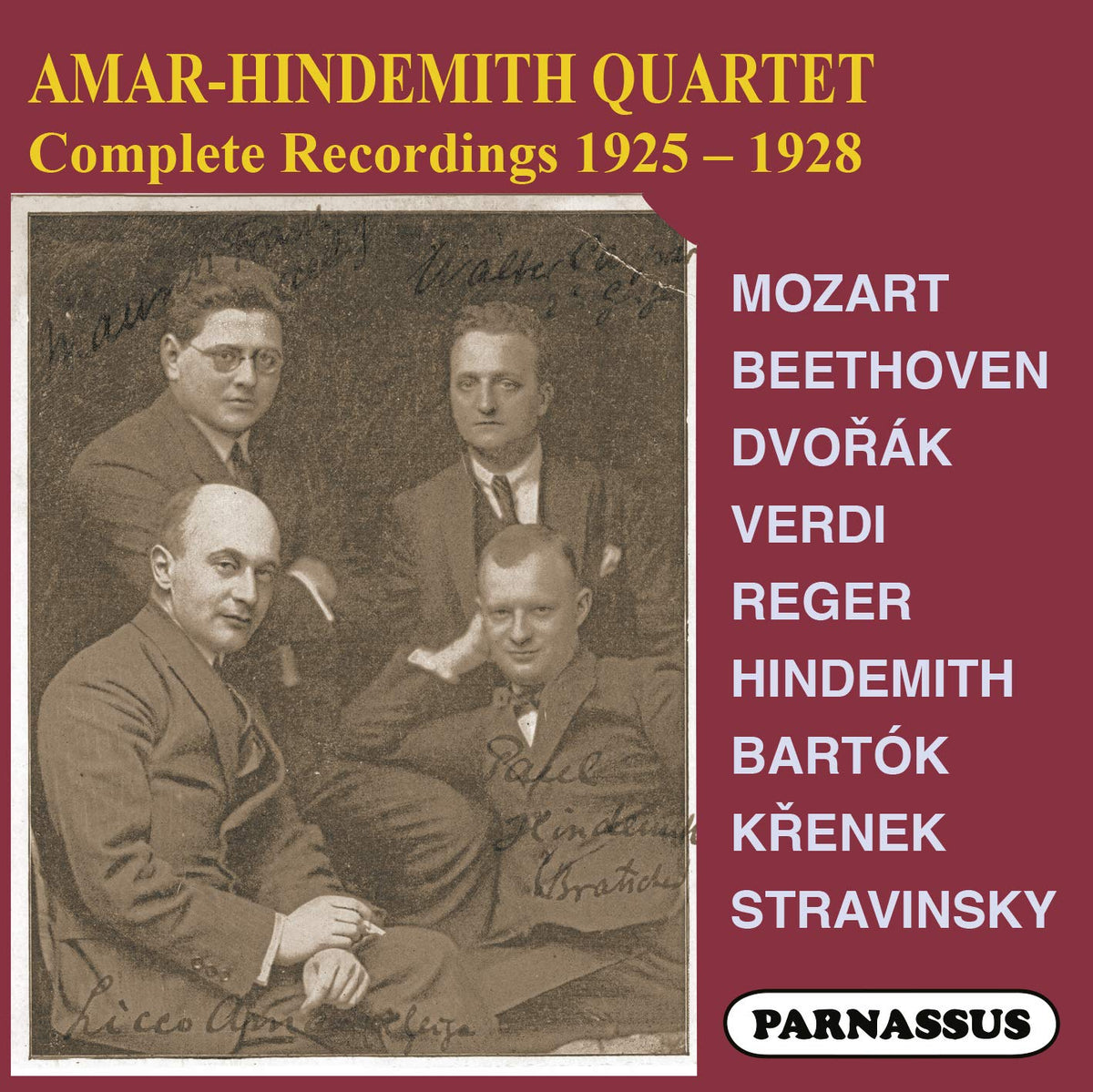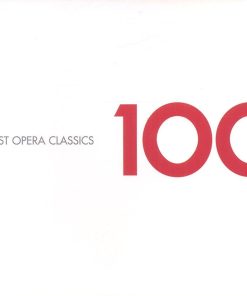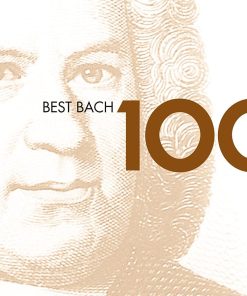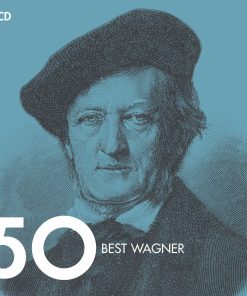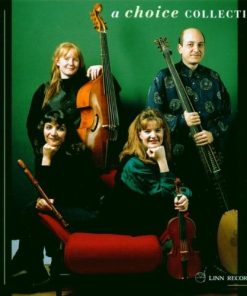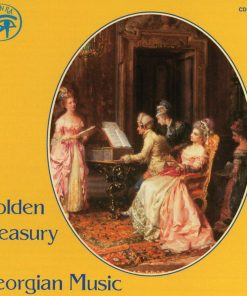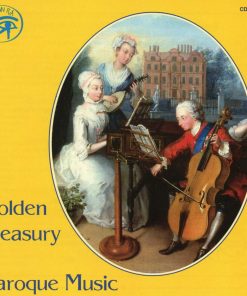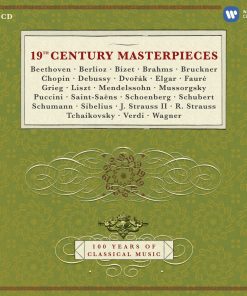AMAR-HINDEMITH QUARTET: The Complete Recordings 1925-1928 (3 CDs) PARNASSUS
$ 3,99 $ 2,39

In addition to being one of the outstanding composers of the 20th century, Paul Hindemith was long active as a performing musician. Trained as a violinist, he eventually settled on the viola as his main instrument. He was also said to be able to play any instrumental part of any work he composed. As a conductor, his repertoire ranged from Monteverdi through Berg in addition to his own works.
In the 1920s, Hindemith became a member of a successful string quartet, lead by Turkish violinist Licco Amar. Hindemith’s cellist brother Rudolf was a member of this ensemble through most of its existence. In 1925, when the quartet had already toured Europe and given dozens of performances, it began its prolific although brief recording career. Between 1925 and 1928, the Amar or Amar-Hindemith Quartet (known by both names at various times) recorded about four hours of music, including two versions of Hindemith’s most popular string quartet (his No. 4), along with works of Mozart, Beethoven, Verdi, Reger, Bartók (the first recording of any of his major works, the Second Quartet), Stravinsky, and movements from Krenek, Dvořák, and Mozart.
Except for the 1928 sides, these recordings were made by problematic methods. The 1925 recordings were made by the acoustical process. The 1926 recordings were made by the “light-ray” process, an electrical system which produced results barely distinguishable from acoustical recordings. Only the two Mozart movements done in 1928 were recorded by the standard Western Electric system. The well-known audio restoration engineer Mark Obert-Thorn has done wonders with these recordings, producing listenable results.
This set presents the ensemble’s complete recordings for the first time; fewer than half of them have been reissued previously. The previous reissue of the Bartók Quartet was made from damaged originals; the new edition is free of such flaws. The set presents a vivid portrait of a major composer and his colleagues performing the works of other composers with directness and great insight.
… This is a, attractively produced and presented with cast-iron quality control. It’s presented moreover at a ‘special price’ which should prove an added inducement to those curious about this pioneering group, whose interpretation of cutting edge music illuminates, not least because of Hindemith’s structural insights, and is here brought to renewed life with such care. – Jonathan Woolf, musicwebinternational

CD 1 [79:11]MOZART: Quartet No.16 in E-flat, K.428
1. I. Allegro non troppo 6:43
2. II. Andante con moto 8:48
3. III. Menuetto & Trio 4:14
4. IV. Allegro vivace 4:39
Recorded 1927 ∙ Matrix nos.: 138/43 bi ∙ First issued on Polydor 66568/70 earlier version:
5. IV. Allegro vivace 4:36
Recorded 1926 ∙ Matrix no.: 414 bg ∙ First issued on Polydor 66418
MOZART: Quartet No.23 in F, K.590
6. I. Allegro moderato 7:38
7. II. Andante 4:39
8. III. Menuetto: Allegro 2:45
9. IV. Allegro 4:17
Recorded 1926 ∙ Matrix nos.: 409/13 bg ∙ First issued on Polydor 66416/8
10. BEETHOVEN: Duo in E-flat for Viola and Cello “with two obbligato eyeglasses”, WoO 32 5:56
Recorded 1925 ∙ Matrix no.: 1256 av ∙ First issued on Polydor 66193
BEETHOVEN: Quartet No.11 in F minor, Op 95 (“Serioso”)
11. I. Allegro con brio 4:29
12. II. Allegretto ma non troppo 6:46
13. III. Allegro assai vivace ma serioso 3:57
14. IV. Larghetto espressivo – Allegretto agitato – Allegro 4:41
Recorded 1927 ∙ Matrix nos.: 144/8 bi ∙ First issued on Polydor 66571/3
DVOŘÁK: Quartet in F, Op 96 (“American”)
15. IV. Finale: Vivace ma non troppo 5:03
Recorded 1926 ∙ Matrix no.: 428 bg ∙ First issued on Polydor 66421
CD 2 [75:29]VERDI: Quartet in E minor
1. I. Allegro 6:43
2. II. Andantino 6:56
3. III. Prestissimo 2:27
4. IV. Scherzo Fuga-Allegro assai mosso 3:15
Recorded 1926 ∙ Matrix nos.: 423/7 bg ∙ First issued on Polydor 66419/21
REGER: String Trio No.1 in A minor, Op. 77b
5. I. Sostenuto – Allegro agitato 7:41
6. II. Larghetto 6:58
7. III. Scherzo: Vivace – (Trio:) Vivace 2:22
8. IV. Allegro con moto 5:53
Recorded 1927 ∙ Matrix nos.: 71/6 bo ∙ First issued on Polydor 66575/7
HINDEMITH: String Trio No.1, Op. 34 (1924)
9. I. Toccata. Schnelle Halbe: Die Einleitung ein wenig breiter 4:13
10. II. Langsam und mit großer Ruhe (Achtel) 7:24
Recorded 1927 ∙ Matrix nos.: 77/9 bo ∙ First issued on Polydor 66573/4
HINDEMITH: Quartet No.4, Op. 22 (1921) [Electric version]11. I. Fugato. Sehr langsame Viertel 5:13
12. II. Schnelle Achtel. Sehr energisch. Presto 4:23
13. III. Ruhige Viertel. Stets fließend 6:06
14. IV. Mäßig schnelle Viertel 1:44
15. V. Rondo Gemächlich und mit Grazie 4:09
Recorded 1926 ∙ Matrix nos.: 429/34 bg ∙ First issued on Polydor 66422/4
CD 3 [75:55]HINDEMITH: Quartet No.4, Op. 22 (1921) [Acoustic version]1. I. Fugato. Sehr langsame Viertel 5:20
2. II. Schnelle Achtel. Sehr energisch. Presto 4:21
3. III. Ruhige Viertel. Stets fließend 6:25
4. IV. Mäßig schnelle Viertel 1:46
5. V. Rondo Gemächlich und mit Grazie 4:22
Recorded 1925 ∙ Matrix nos.: 905/10 az ∙ First issued on Polydor 66198/200
6. HINDEMITH: Die Serenaden, Op. 35 (1924) V. Duett 2:52
Recorded 1925 ∙ Matrix no.: 1257 av ∙ First issued on Polydor 66193
BARTÓK: Quartet No.2, Sz. 67 (1915-17)
7. I. Moderato 13:15
8. II. Allegro molto capriccioso 8:15
9. III. Lento 12:28
Recorded 1926 ∙ Matrix nos.: 415/22 bg ∙ First issued on Polydor 66425/8
10. KŘENEK: Quartet No.3, Op.20 (1923) IV. Adagio (Walzertempo) 3:32
Recorded 1925 ∙ Matrix nos.: 912 az ∙ First issued on Polydor 66201
11. STRAVINSKY: Concertino for String Quartet (1920) 5:27
Recorded 1925 ∙ Matrix no.: 911 az ∙ First issued on Polydor 66201
Amar-Hindemith Quartet (Licco Amar, violin I; Walter Caspar, violin II; Paul Hindemith, viola; Rudolf Hindemith, cello)
Amar Trio (Walter Caspar, violin; Paul Hindemith, viola; Rudolf Hindemith, cello)
Hindemith Duo (Paul Hindemith, viola; Rudolf Hindemith, cello)
APPENDIX:
MOZART: Quartet No.15 in D minor, K.421
12. III Menuetto & Trio – Allegretto 3:42
Recorded 24 October 1928 ∙ Matrix no.: 2-21021 ∙ First issue Parlophon P-9351
MOZART: Quartet No.21 in D, K.575
13. II Andante 4:09
Recorded 24 October 1928 ∙ Matrix no.: 2-21022 ∙ First issue Parlophon P-9351
Fast Shipping and Professional Packing
Due to our longstanding partnership with UPS FedEx DHL and other leading international carriers, we are able to provide a range of shipping options. Our warehouse staff are highly trained to pack your goods exactly according to the specifications that we supply. Your goods will undergo a thorough examination and will be safely packaged prior to being sent out. Everyday we deliver hundreds of packages to our customers from all over the world. This is an indication of our dedication to being the largest online retailer worldwide. Warehouses and distribution centers can be located in Europe as well as the USA.
Orders with more than 1 item are assigned processing periods for each item.
Before shipment, all ordered products will be thoroughly inspected. Today, most orders will be shipped within 48 hours. The estimated delivery time is between 3-7 days.
Returns
The stock is constantly changing. It's not entirely managed by us since we are involved with multiple parties such as the factory and our storage. The actual stock can fluctuate at any time. Please understand it may happen that your order will be out of stock when the order is placed.
Our policy is valid for 30 days. If you haven't received your product within 30 days, we're not able to issue either a return or exchange.
You are able to return a product if it is unused and in the same condition when you received it. It must also still remain in the original packaging.
Related products
MUSIC CDS
MUSIC CDS
MUSIC CDS
MUSIC CDS
MUSIC CDS
MUSIC CDS
MUSIC CDS
MUSIC CDS
MUSIC CDS
MUSIC CDS
MUSIC CDS
